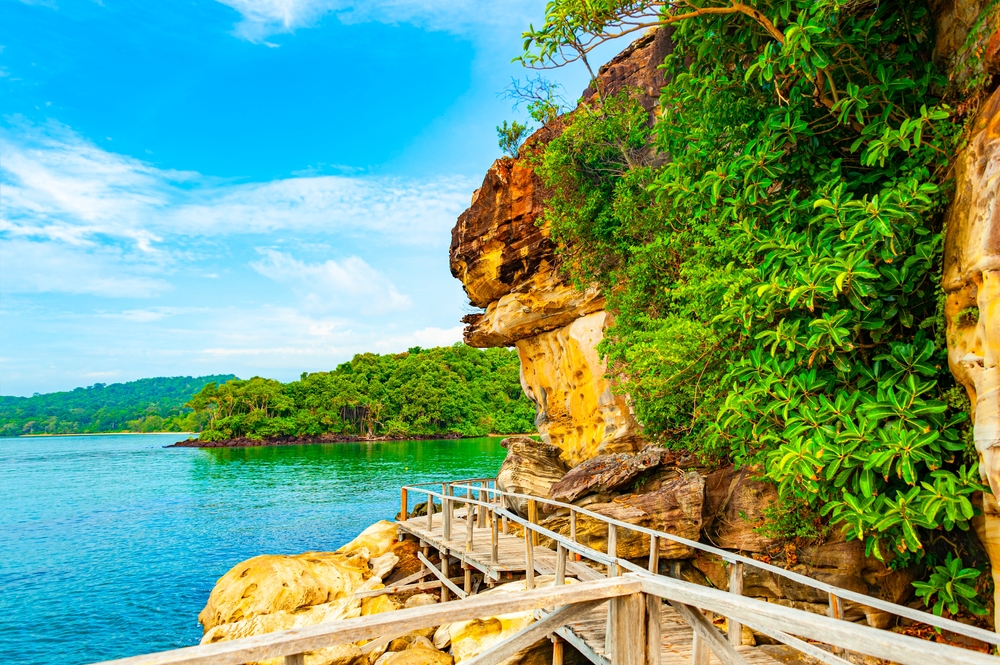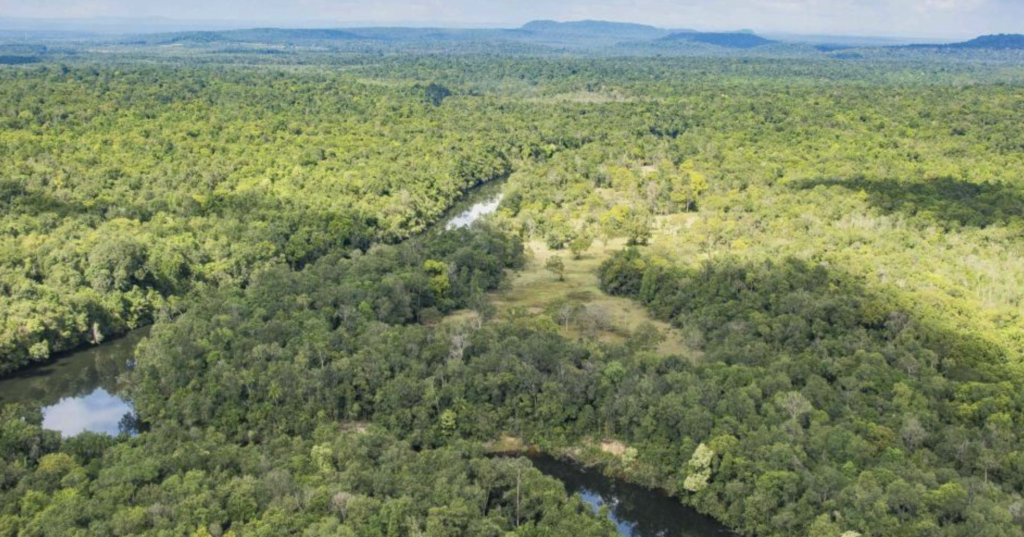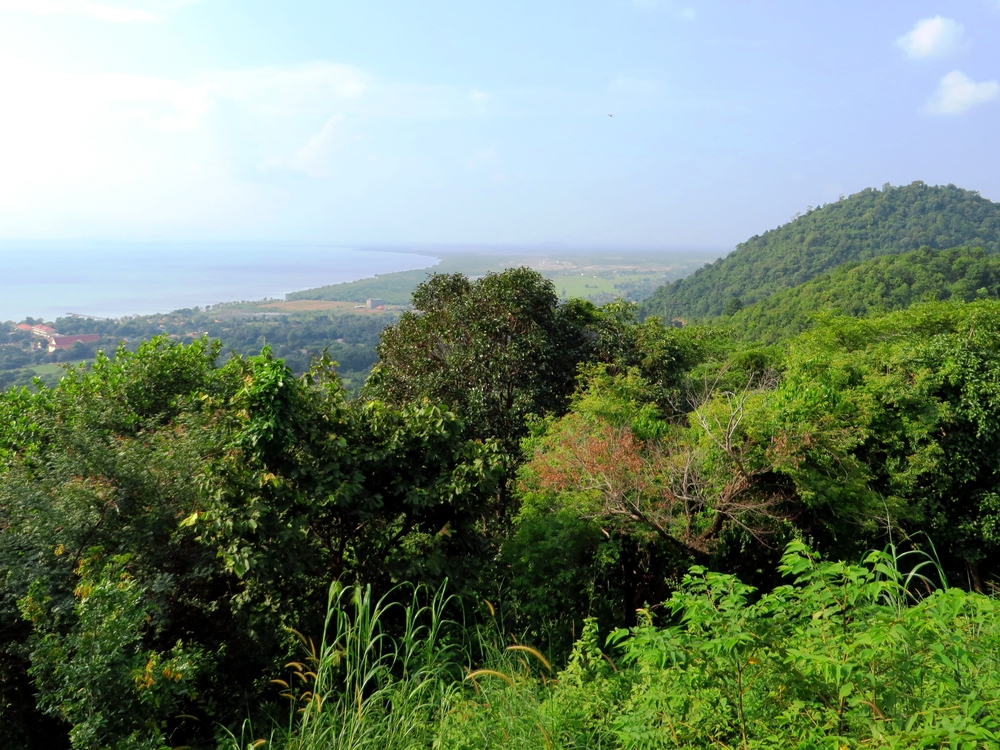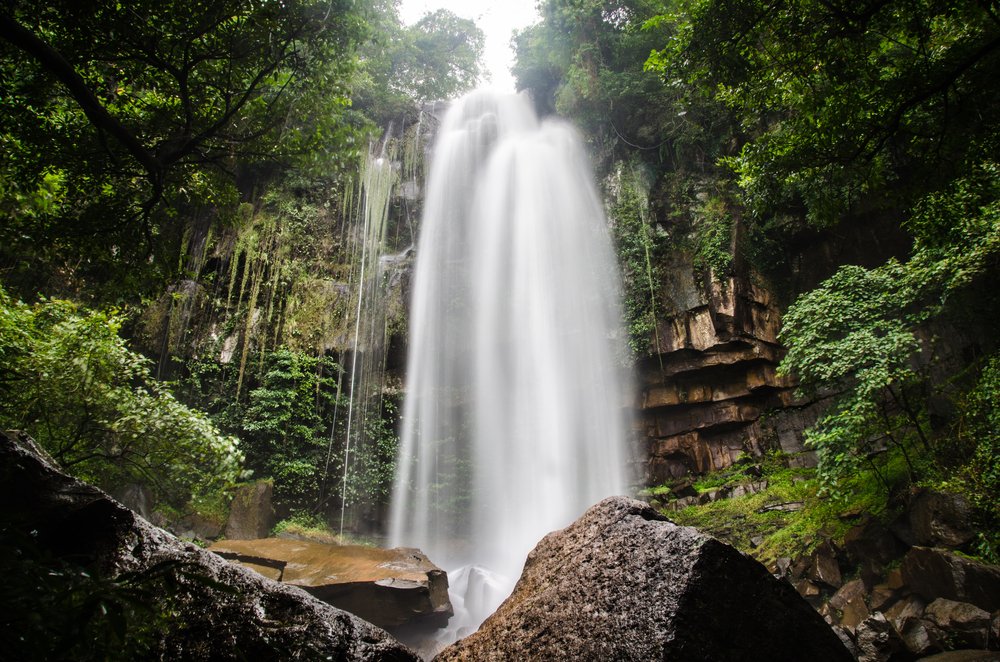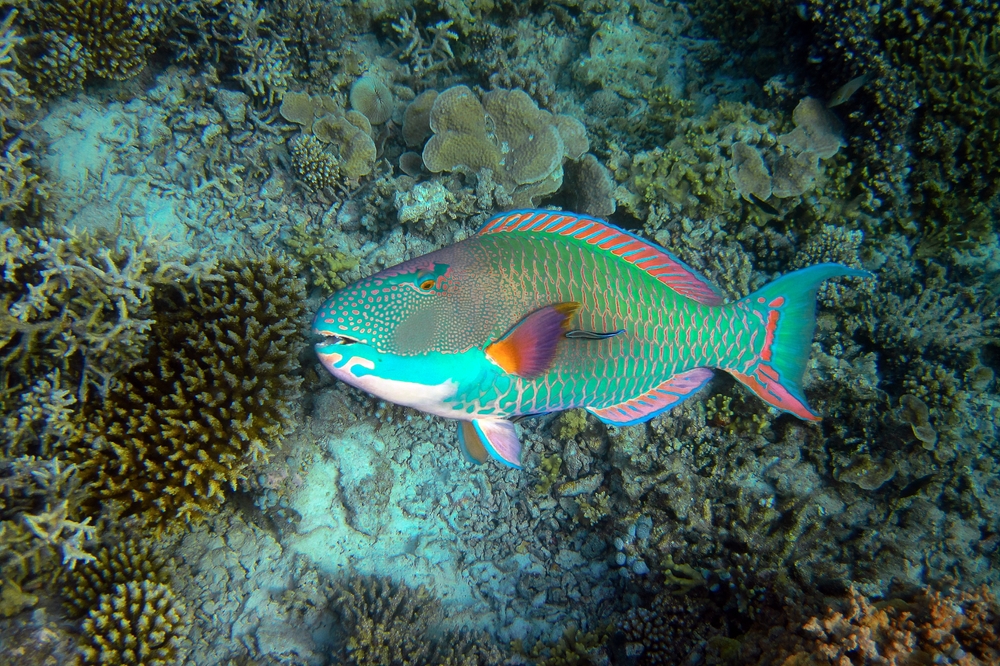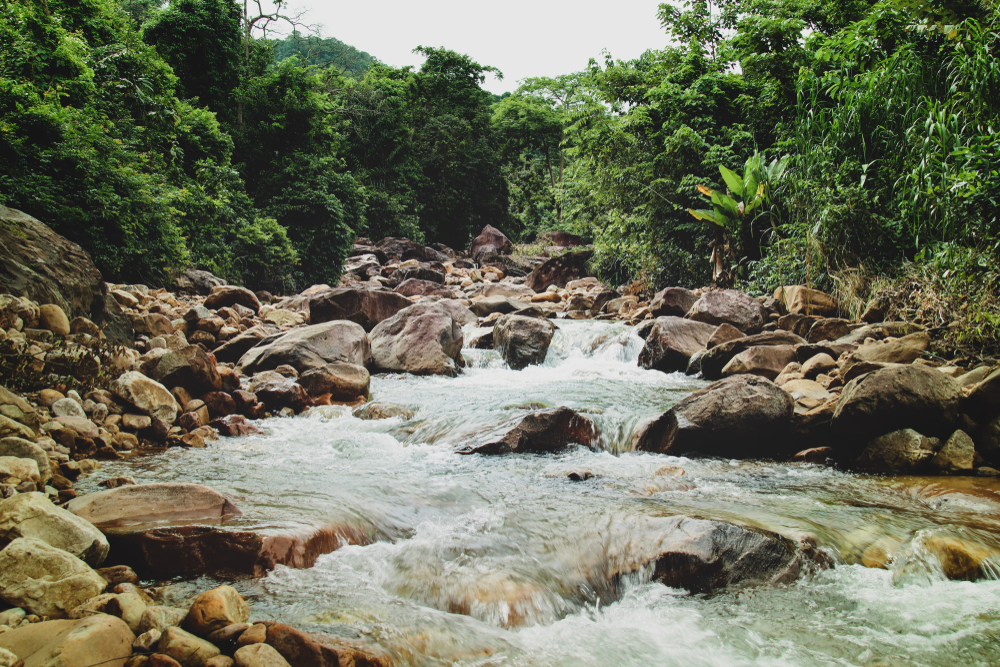Ream Overview
Ream National Park, known locally as Preah Sihanouk Ream National Park, is located in Cambodia’s Sihanoukville Province. Covering an area of approximately 81 square miles (210 square kilometers), this park is a stunning showcase of Cambodia’s natural beauty, encompassing coastal ecosystems, mangrove forests, islands, and tropical lowland forests. Established in 1993, Ream National Park is part of Cambodia’s commitment to preserving its unique biodiversity and fostering sustainable tourism.
The park’s terrain is diverse, featuring rolling hills, expansive beaches, estuaries, and islands like Koh Thmei and Koh Seh, which add to its ecological richness. The vegetation is equally varied, with mangrove swamps lining the estuaries, dense tropical forests, and coastal vegetation. These habitats provide a sanctuary for a wide array of wildlife. Visitors may encounter species such as the fishing cat, sun bear, and pangolin, alongside a myriad of bird species including the majestic white-bellied sea eagle and the endangered lesser adjutant stork. The waters surrounding the park teem with marine life, such as dolphins, seahorses, and coral reef species, making it a prime spot for ecological exploration.
Ream National Park offers numerous opportunities for adventure and relaxation. Boat tours navigate through the mangrove-lined estuaries, offering a tranquil way to observe the rich biodiversity. Hiking trails wind through the forested areas, leading visitors to scenic viewpoints and waterfalls. The park’s pristine beaches, such as those on Koh Thmei Island, are ideal for sunbathing, swimming, and snorkeling. For those interested in cultural connections, local fishing villages near the park provide insights into the traditional ways of life. Eco-friendly accommodations and guided tours enhance the visitor experience while supporting conservation efforts.
Despite its beauty, Ream National Park faces challenges, including illegal logging, poaching, and development pressures. Conservation efforts focus on protecting the habitats, restoring degraded areas, and working with local communities to promote sustainable practices. Collaboration between governmental agencies, NGOs, and local stakeholders is essential to safeguarding the park’s future.
In summary, Ream National Park is a remarkable destination that blends diverse ecosystems with vibrant wildlife and cultural heritage. Whether exploring its mangroves, hiking its trails, or enjoying its serene beaches, visitors are immersed in the natural splendor of Cambodia. With ongoing conservation efforts, the park remains a haven for both nature and eco-tourism, showcasing the importance of preserving these invaluable landscapes.








































































